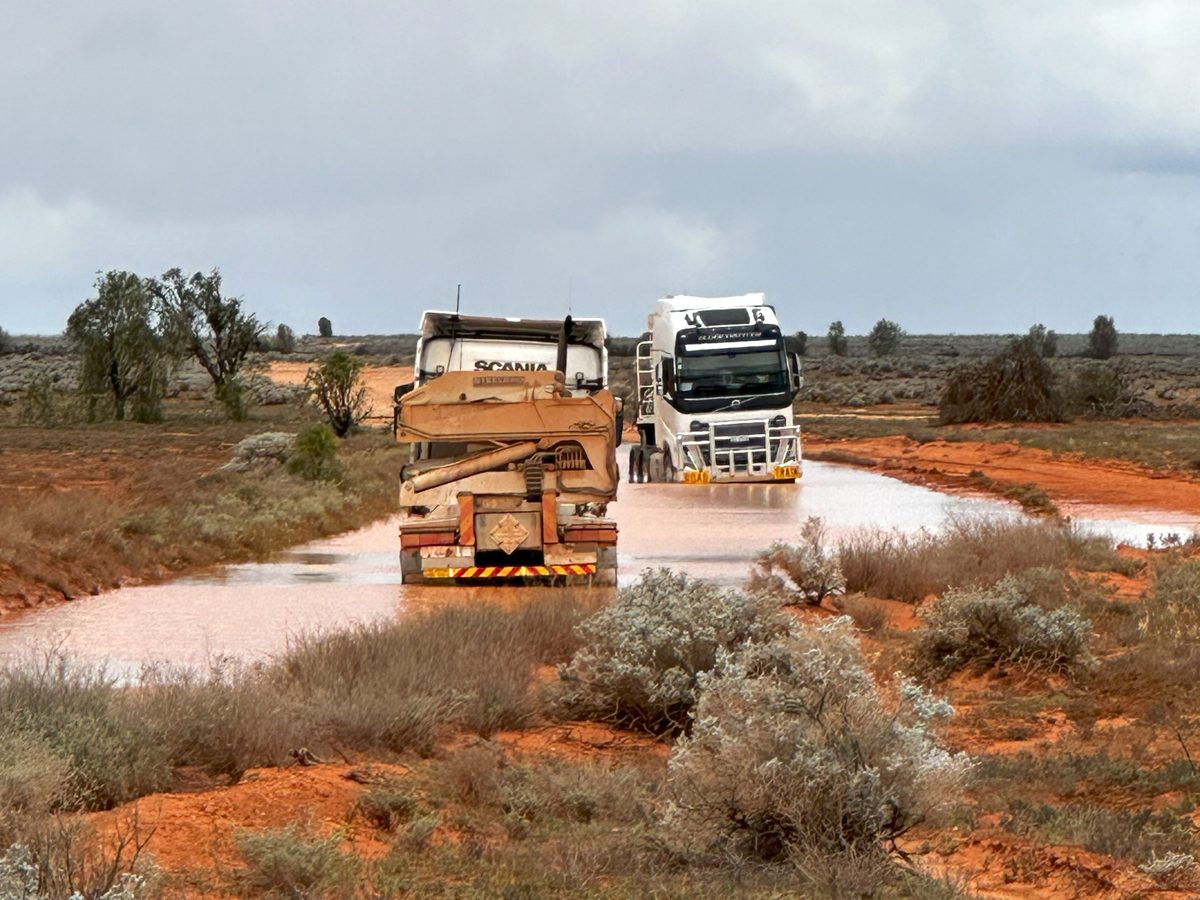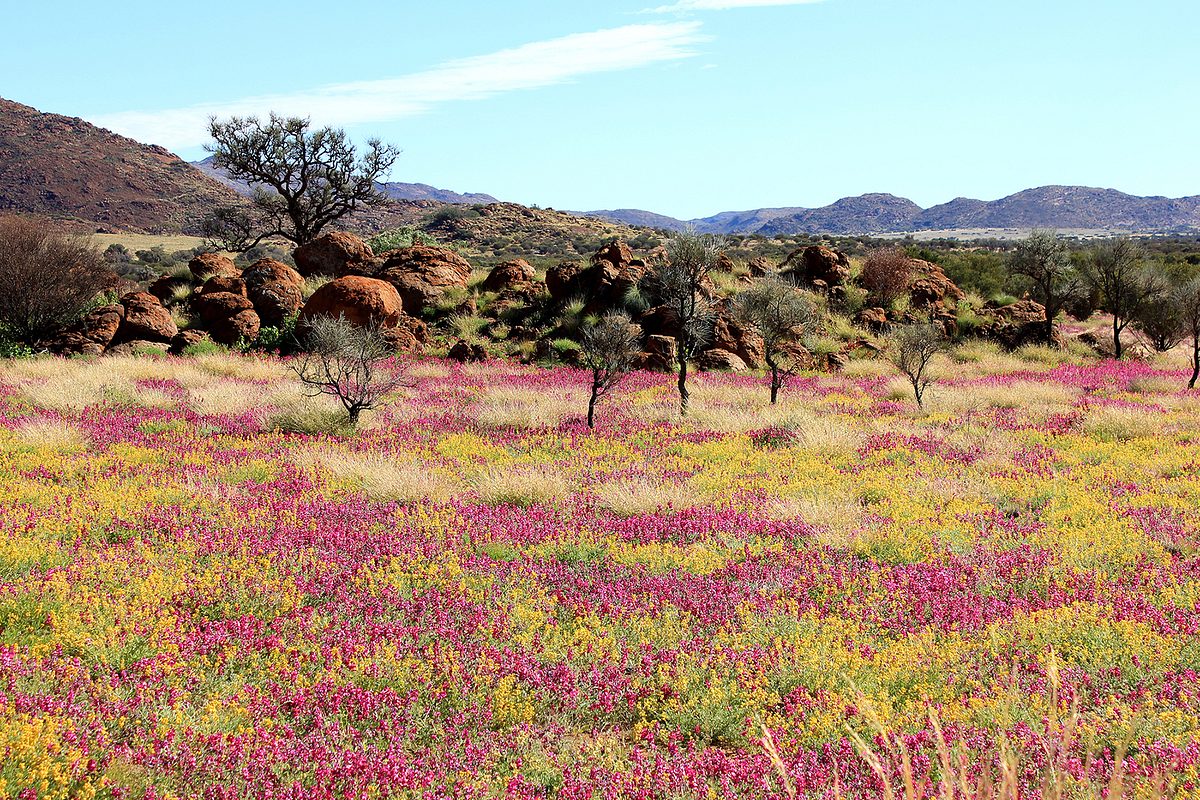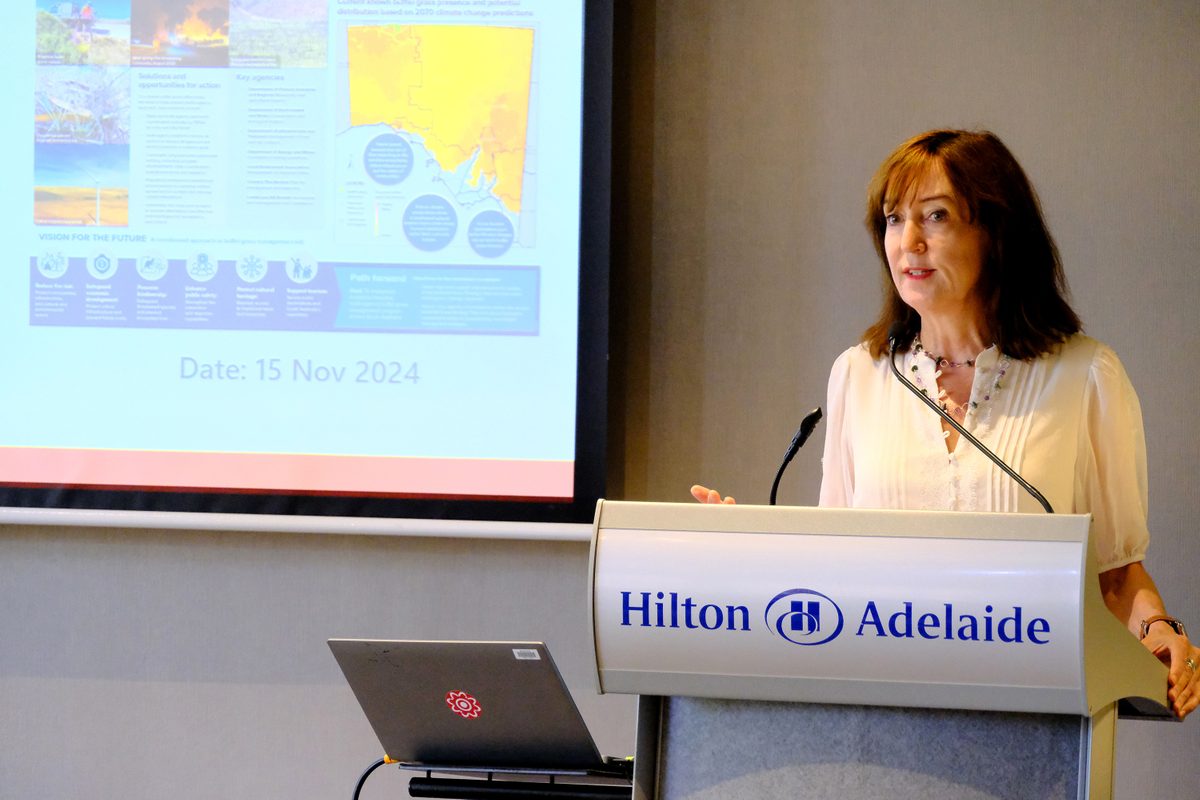Field study at Googs Lake for Biology school students
Students from Ceduna School particpated in malleefowl surveys at Googs Lake
11 June 2019
Year 11 Biology students from Ceduna Area School camped out with a team from Natural Resources Alinytjara Wiluṟara (AW) at Googs Lake in Yumbarra Conservation Park to undertake nganamara (malleefowl) surveys in May.
Classified as Vulnerable in South Australia, the nganamara construct large mounds in mallee scrub where they lay their eggs to incubate and hatch.
Supported by staff from Far West Coast Aboriginal Corporation the students and their teacher Max MacMillian and School Support Officer Amy Fakil joined the AW team to locate and assess the number, and condition of the nests. This important information provides an indication of the size and health of the breeding population and the nature and impact of threats that may be addressed in future programs.
The students learned about the use of remote-controlled airborne *LIDAR equipment that records surface structures through foliage. The results showed the locations of a number of previously unrecorded mounds which the students and AW and FWC teams ground-truthed using hand held Global Positioning Systems (GPS) tracking devices. As part of the trip, pitfall traps were also set up across eight sites to survey sandhill dunnarts within the dunnart’s preferred habitat of spinifex grass. Large diameter pits spread along drift fences funnelled various species to the pits.
The students and Far West Coast Aboriginal Corporation crew enjoyed checking the pitfall traps and seeing what waited inside.
“We were really impressed with the level of enthusiasm and hard work displayed by the students and staff from Far West Coast Aboriginal Corporation, together with Ecologists John Read and Matthew Launder” said AW Planning and Conservation Systems Officer Leah Kyriacou. “We achieved a high level of project outcomes while sharing a lot of a laughs during the week-long trip. We hope the students learned a lot of practical skills, working with Aboriginal people on country, learning about threatened species management practices and leading edge technology” said Leah.
The students’ participation in the malleefowl ground-truthing and mound assessment was the practical component of a malleefowl project in their Year 11 Biology class. Maybe sandhill dunnarts might be next term? The malleefowl and sandhill dunnart projects are supported by Natural Resources Alinytjara Wiluṟara, through funding made available from the Australian Government’s National Landcare Program. *LIDAR, which stands for Light Detection and Ranging, is a remote sensing method that uses light in the form of a pulsed laser to measure ranges (variable distances) to the Earth.


